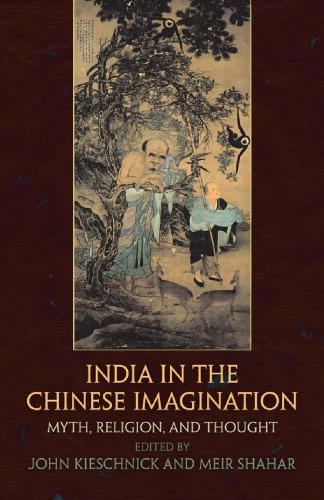

Most ebook files are in PDF format, so you can easily read them using various software such as Foxit Reader or directly on the Google Chrome browser.
Some ebook files are released by publishers in other formats such as .awz, .mobi, .epub, .fb2, etc. You may need to install specific software to read these formats on mobile/PC, such as Calibre.
Please read the tutorial at this link. https://ebooknice.com/page/post?id=faq
We offer FREE conversion to the popular formats you request; however, this may take some time. Therefore, right after payment, please email us, and we will try to provide the service as quickly as possible.
For some exceptional file formats or broken links (if any), please refrain from opening any disputes. Instead, email us first, and we will try to assist within a maximum of 6 hours.
EbookNice Team

Status:
Available0.0
0 reviewsIndia and China dominate the Asian continent but are separated by formidable geographic barriers and language differences. For many centuries, most of the information that passed between the two lands came through Silk Route intermediaries in lieu of first-person encounters—leaving considerable room for invention. From their introduction to Indian culture in the first centuries C.E., Chinese thinkers, writers, artists, and architects imitated India within their own borders, giving Indian images and ideas new forms and adapting them to their own culture. Yet India's impact on China has not been greatly researched or well understood.
India in the Chinese Imagination takes a new look at the ways the Chinese embedded India in diverse artifacts of Chinese religious, cultural, artistic, and material life in the premodern era. Leading Asian studies scholars explore the place of Indian myths and storytelling in Chinese literature, how Chinese authors integrated Indian history into their conception of the political and religious past, and the philosophical relationships between Indian Buddhism, Chinese Buddhism, and Daoism. This multifaceted volume, illustrated with over a dozen works of art, reveals the depth and subtlety of the encounter between India and China, shedding light on what it means to imagine another culture—and why it matters.
Contributors: Stephen R. Bokenkamp, Bernard Faure, John Kieschnick, Victor H. Mair, John R. McRae, Christine Mollier, Meir Shahar, Robert H. Sharf, Nobuyoshi Yamabe, Ye Derong, Shi Zhiru.